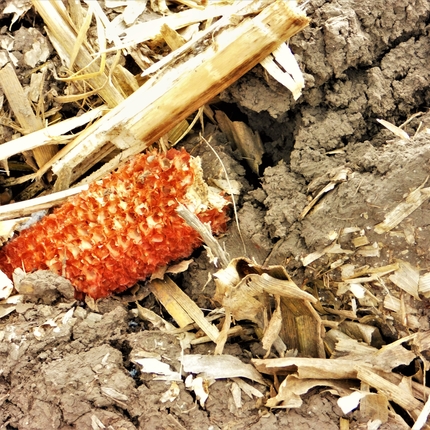By Cody Smith, former staff member
Across the nation, farmers, ranchers, and rural communities are finding that a key component to building a brighter future for rural America lies beneath our feet. Investments in soil health are creating more resilient food systems in the face of frequent extreme weather while reducing pollution in rivers and streams, and providing a long-term anchor for many rural economies.
To put it simply, states that make investments in building soil health are helping to create a more vibrant future for rural America.
The term “soil health” has burst into our national dialogue over the last decade as many begin to view soil as a living, breathing part of our ecosystem. Soil health, as defined by the U.S. Department of Agriculture’s Natural Resources Conservation Service, includes six indicators: organic matter recycling and carbon sequestration; soil structure stability; general microbial activity; carbon food source; bioavailable nitrogen; and microbial community diversity.
In generic terms, good soil health is defined by its ability to absorb water, retain nutrients like nitrogen and phosphorus, and sequester carbon. Other measurements can include amounts of organic matter, depth of topsoil, and yield productivity.
California, Hawaii, Maryland, Massachusetts, New York, Oklahoma, Utah, and Vermont have all adopted common language defining soil health. Other states, including Connecticut and New Mexico, are also considering adoption of this language. A common definition for soil health is an important first step states can take to support soil health.
Resiliency, stewardship, and economic prosperity resulting from healthier soils are key to growing a strong, deep-rooted future for our rural communities.





